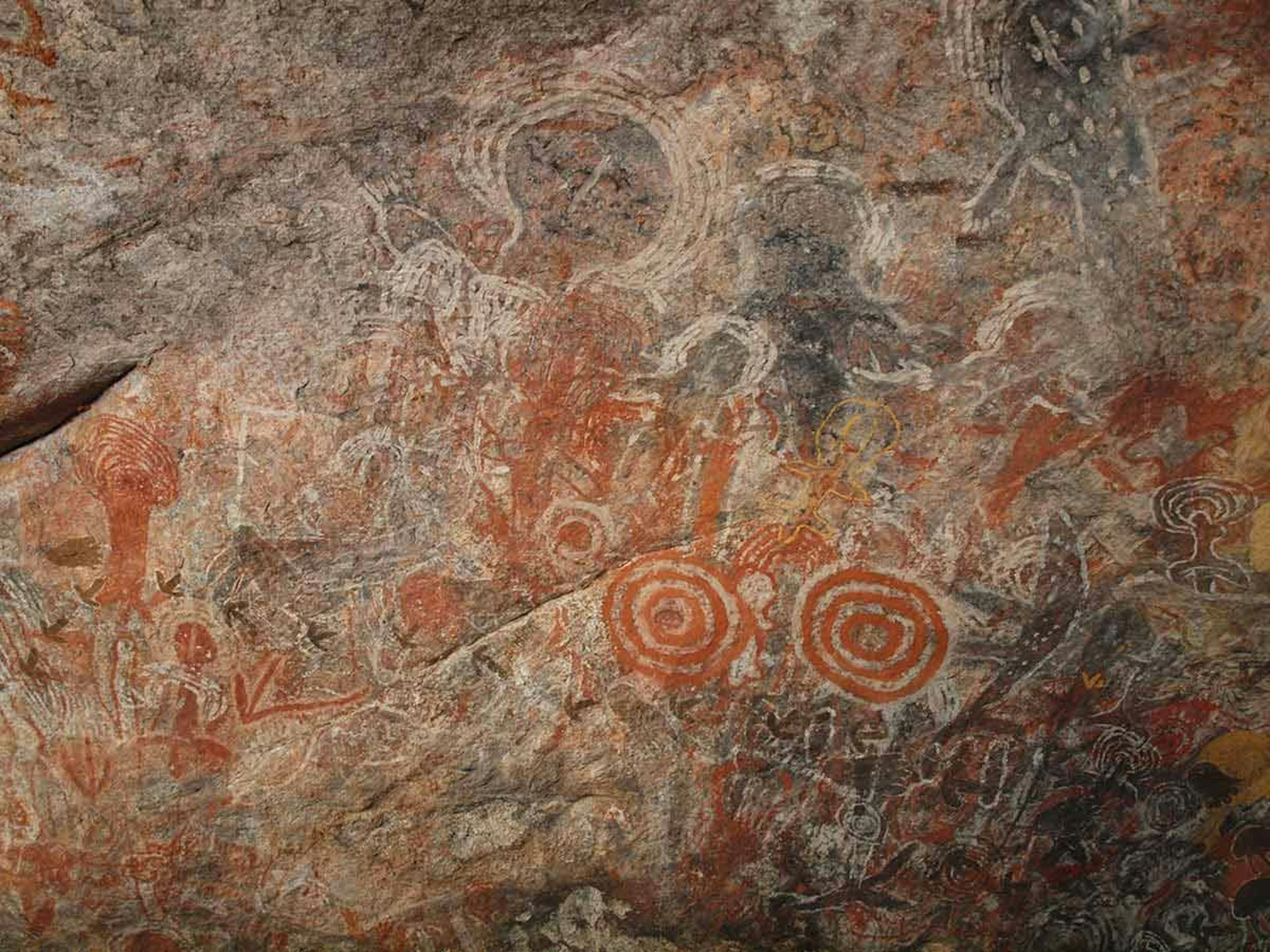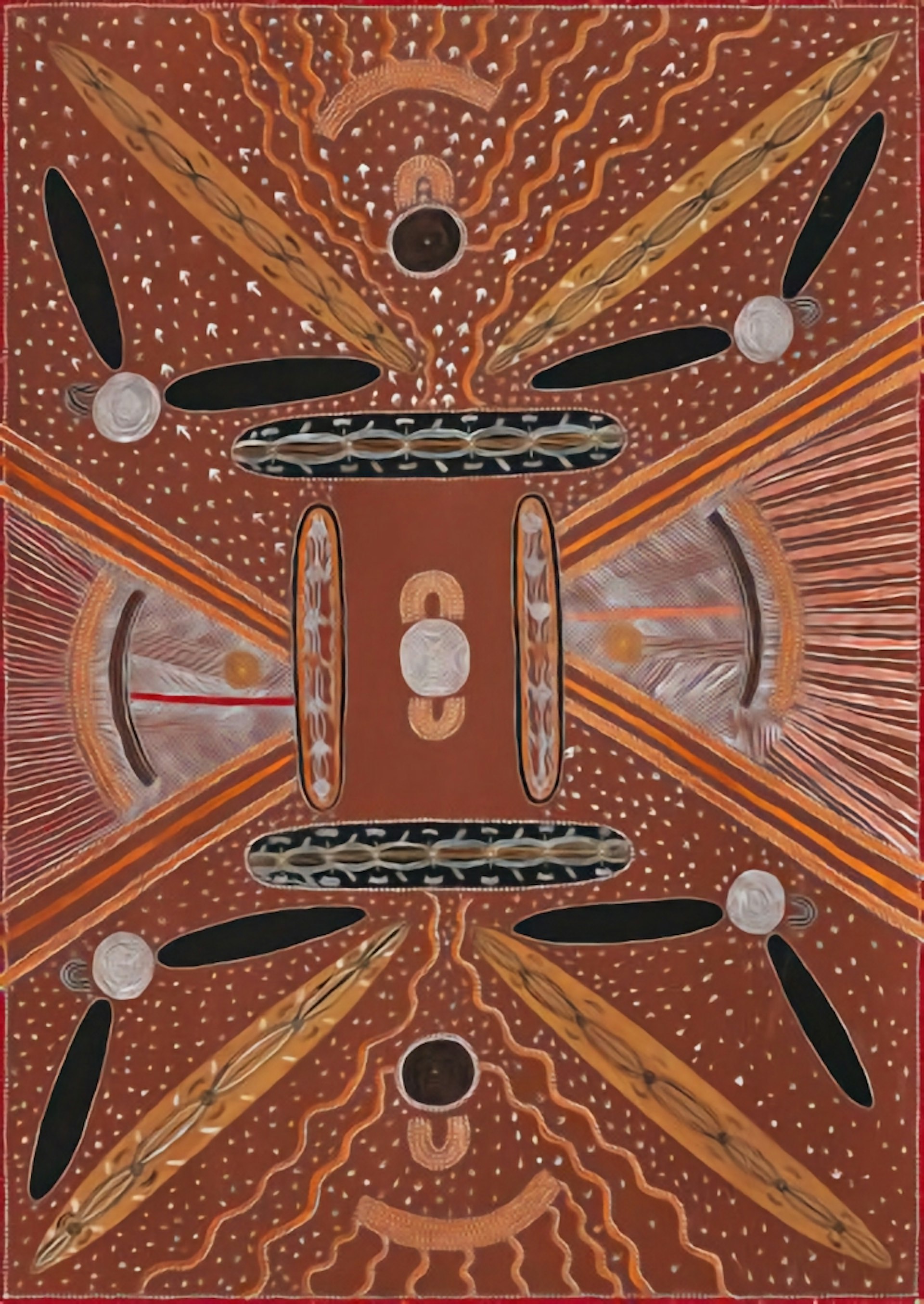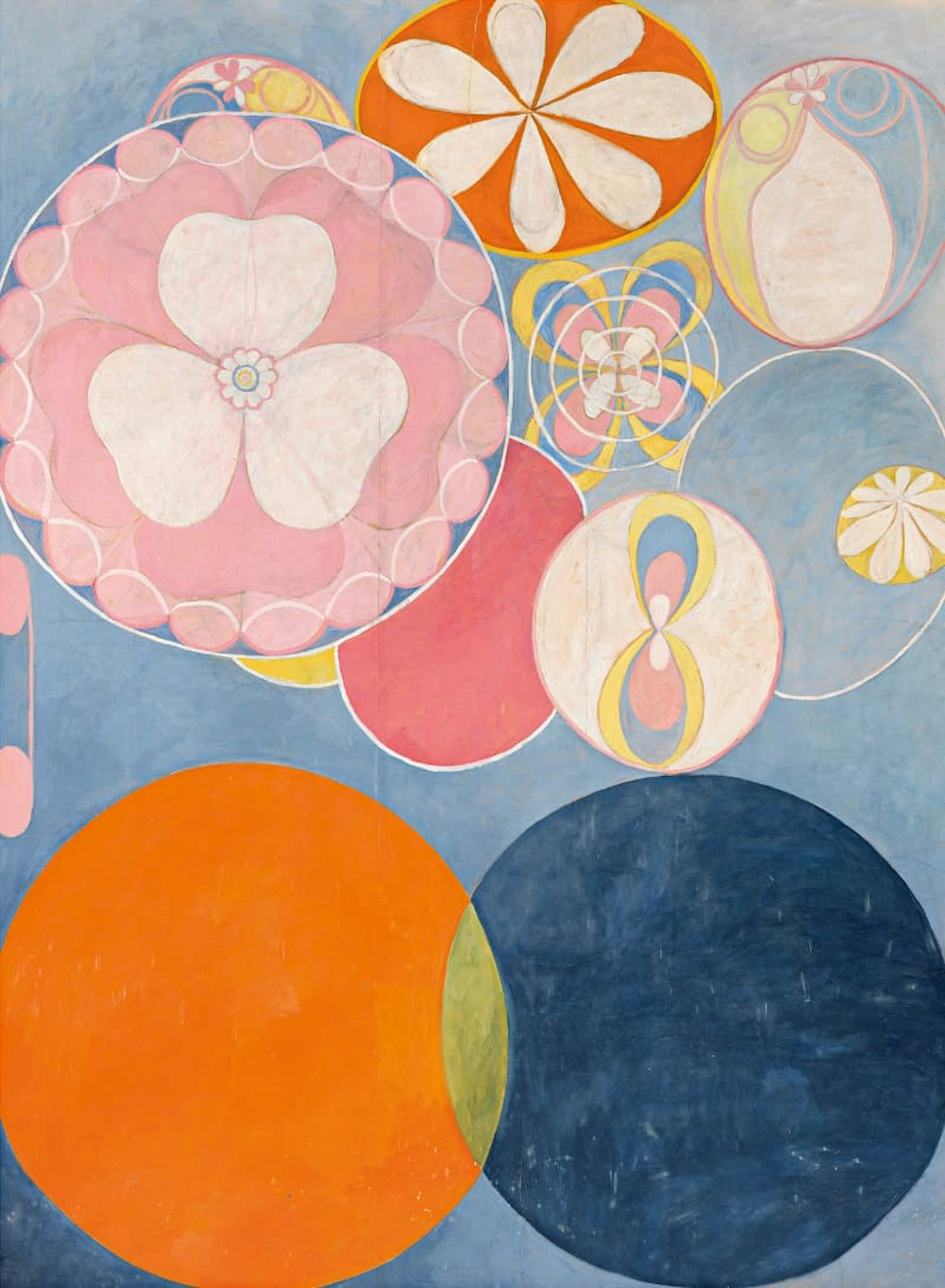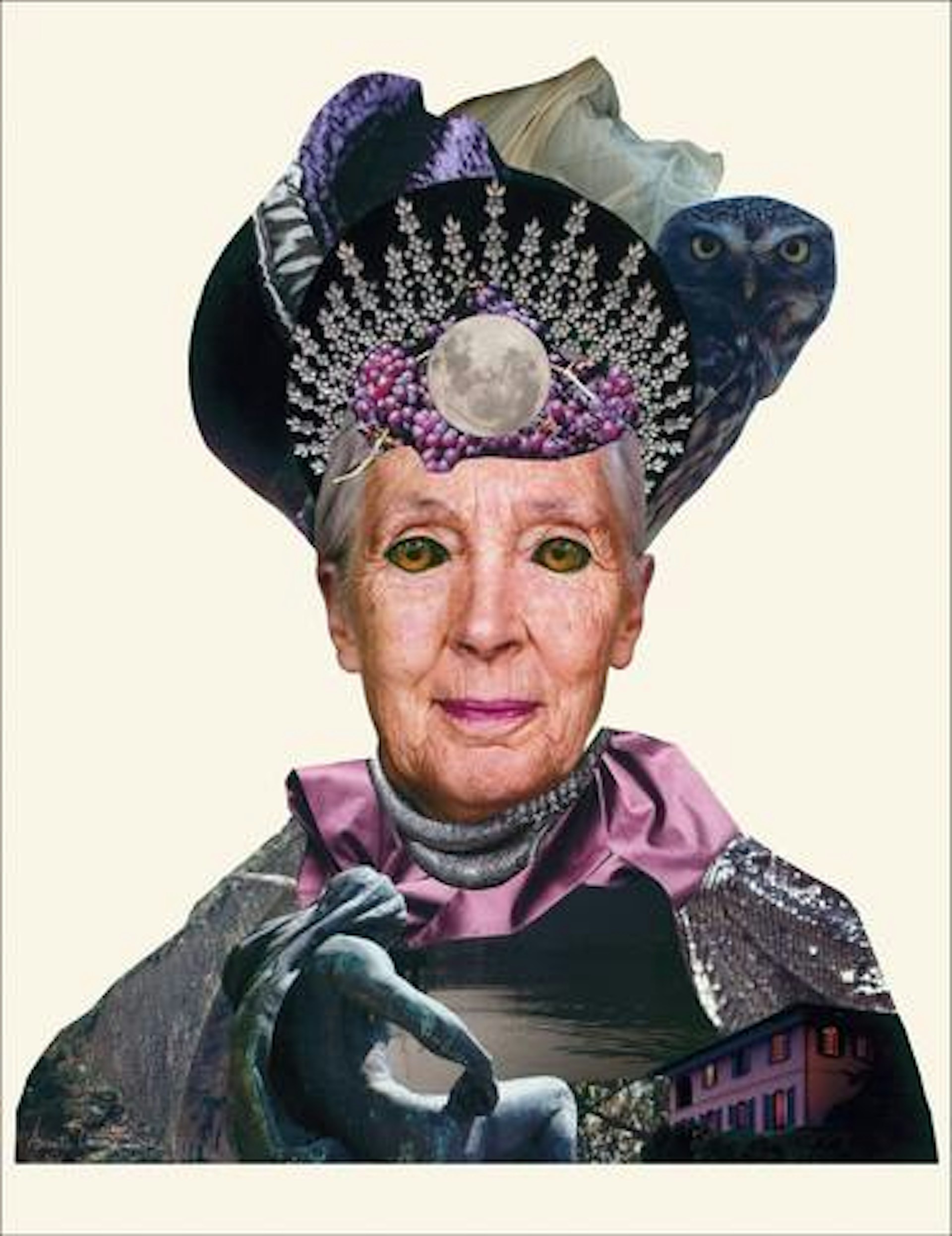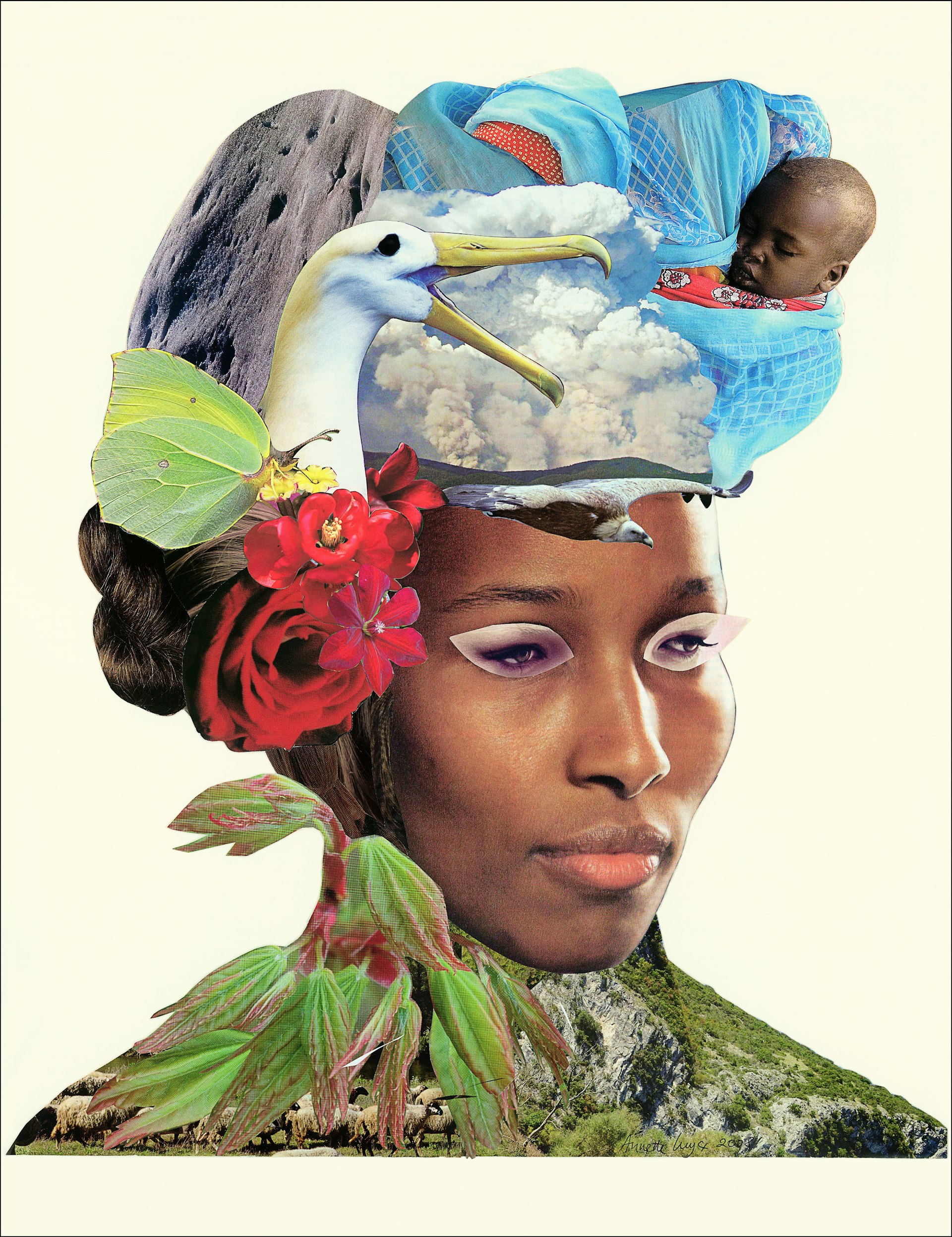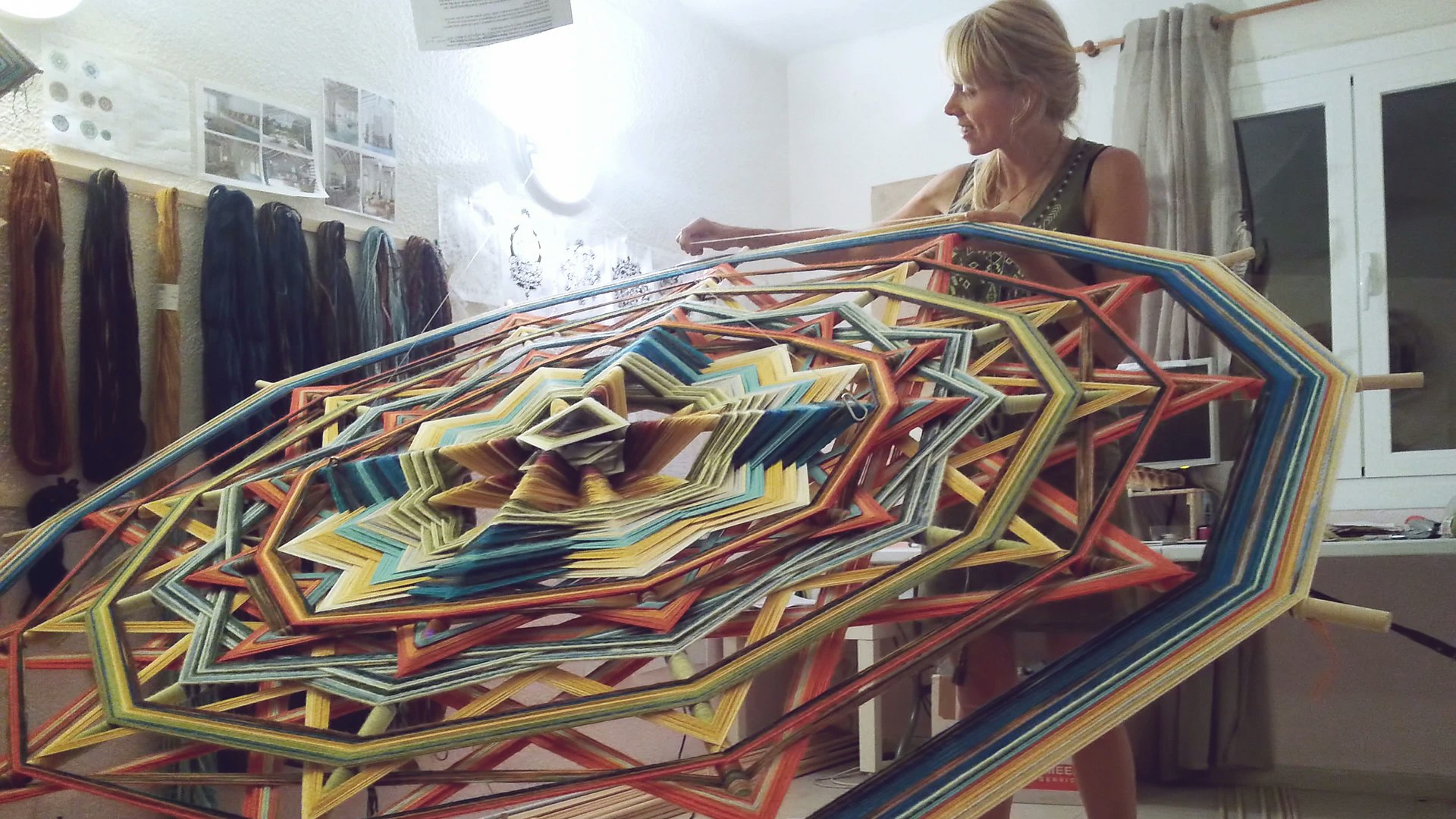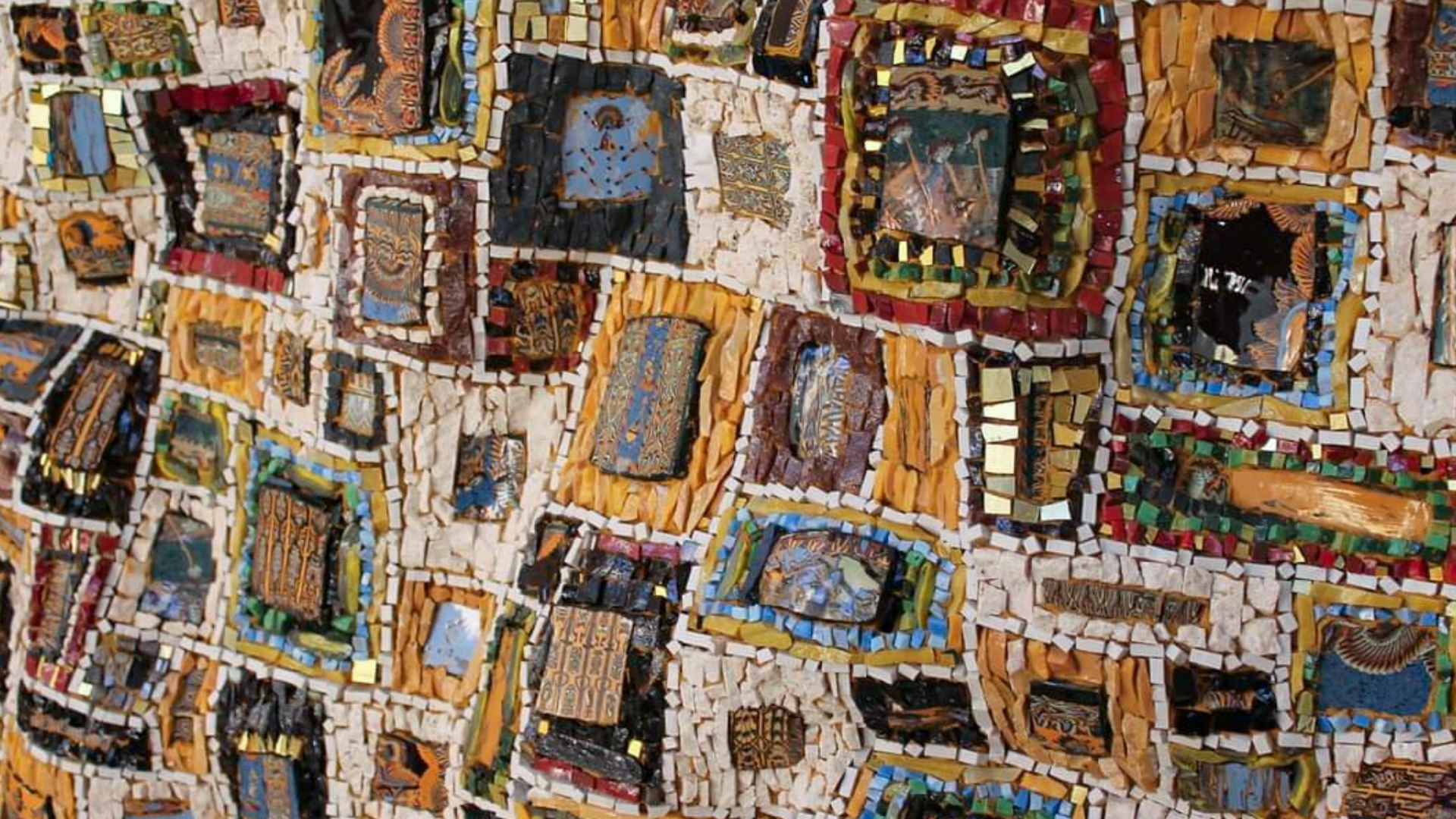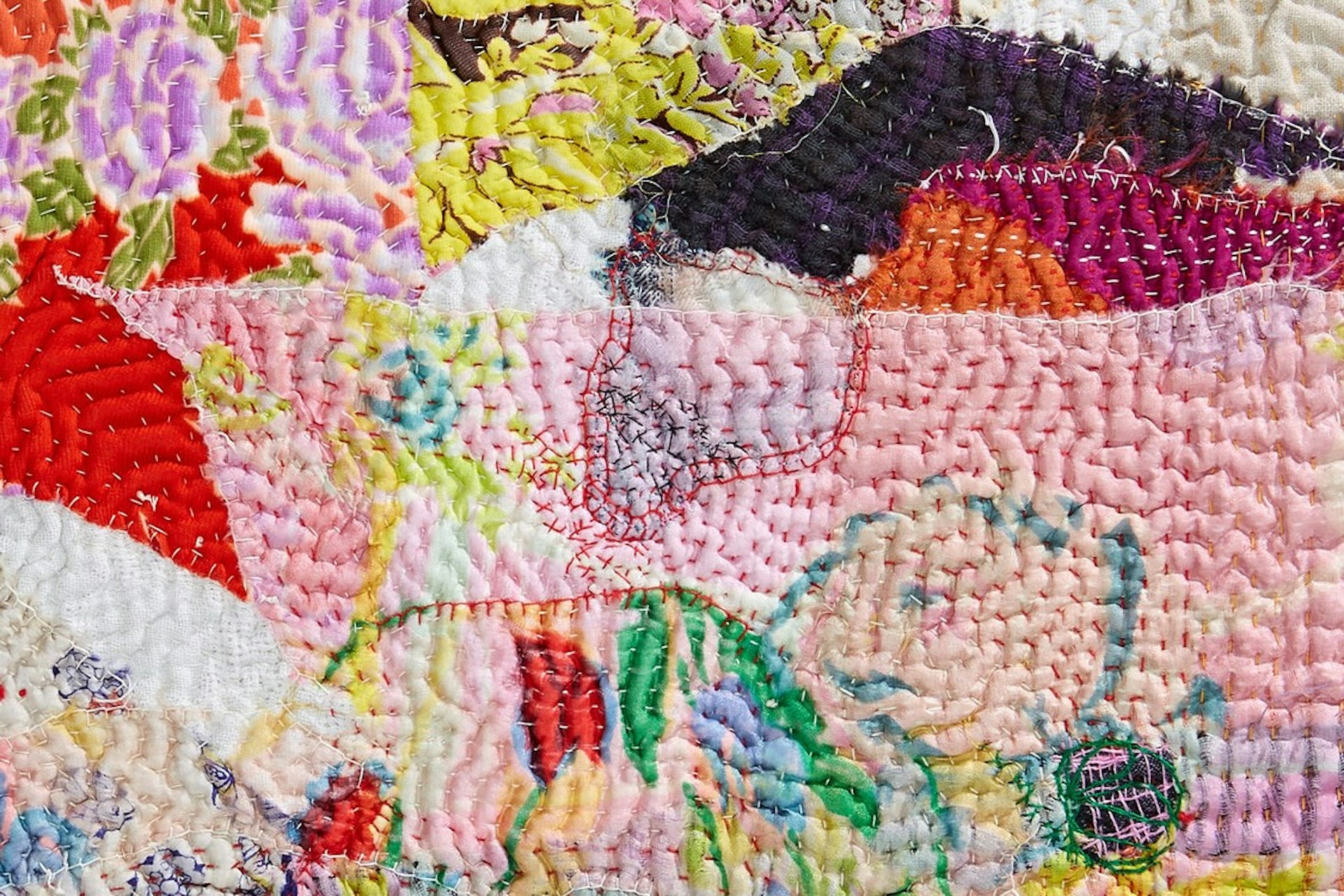January 01, 2024
The Dream Map is the New Resolution
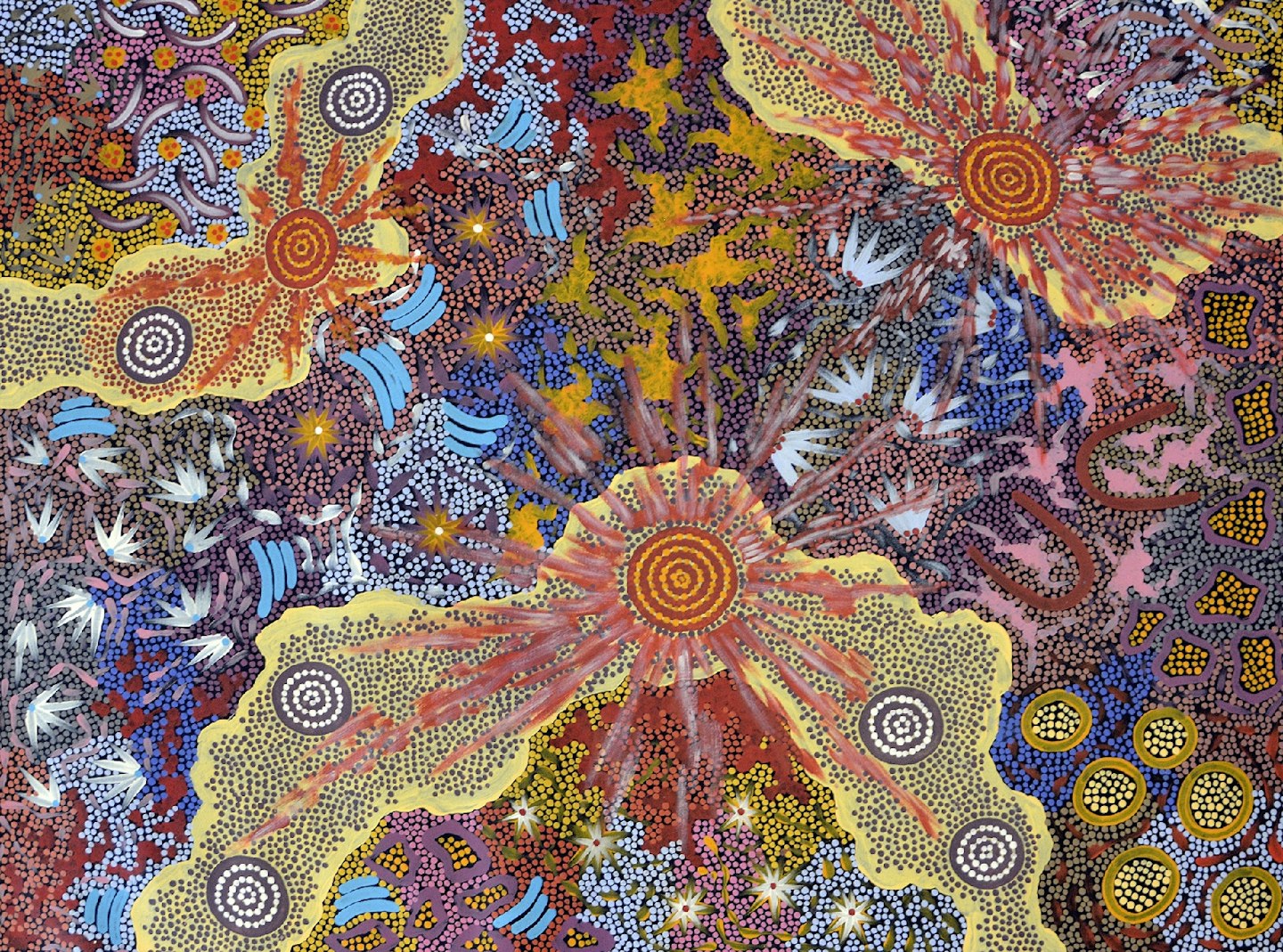
Is it just me, or does the start of each new year feel like a bit of a shock awakening? After the slowness of summer vacations, there tends to be a great fatigue that follows as we attempt to recalibrate to our previous speeds of socializing, commuting, and working. All while the busy Winter holiday period looms ahead. Not to mention it seems that each year there is a struggle to comprehend the cataclysmic world events have shaken up a strange new energy. By the time New Year's Eve rolls around, it feels like a lid has been lifted and we’re all gasping for air, climbing to find more light. For many, things are not quite as they had seemed—or a rough and ragged landscape has sharpened into vision. Friends and acquaintances have spoken of feeling emboldened, and also unsettled. We’ve all heard that the comfort zone is not the best place for growth.
In the past, I’ve found that setting hard rules for improvement can be an intimidating and ultimately ineffective way to start the new year. But I want to begin each new year with some feeling of intent—connecting with the inner compass, you might say. For me, looking at aboriginal dream map paintings has inspired a different perspective on resolutions. They may just be what we all need to find our way on a more intuitive path.
What Is a Dreamtime Painting?
Some of the earliest known Australian art
Indigenous inhabitants of what is now called Australia have a rich and ancient artistic tradition. Aboriginal people are thought to have migrated from Southeast Asia to the land mass of Australia, Tasmania, and New Guinea during the Ice Age. Numerous cultures and tribes proliferated. For example, Murri of modern day Queensland and New South Wales—and the Kaurna people of the Adelaide Plains.
Geographical-based groups were also made up of smaller tribes. The Noongar people of Western Australia encompass 14 different clans. Later, the influence of colonization disrupted and complicated an already diverse social landscape. The umbrella term ‘aboriginal’ was itself coined by settlers. However, throughout the land, a traditional creation story called The Dreamtime has existed for as long as indigenous people can remember. You have probably seen their stunning paintings, composed of colorful mark making. These Dreamtime paintings are an expression of their unique philosophy.
KAAPA TJAMPITJINPA (c.1926 – 1989) BUDGERIGAR DREAMING (VERSION 6), 1972
The Dreaming is a timeless place or state in which the ancestral spirits moved through the land, and life as we know it began to bloom. They see everything as interconnected—and the Dreaming explains how, while also describing the constant process of creation. In this view, we are always moving from dream to reality. Aboriginal people see this on a grand scale, connecting with their ancestral spirits to understand the universe and their place within it.
That is just a brief summary of a multi-faceted and deeply fascinating ancient non-western philosophy, which deserves more exploration and elaboration. To read more about their perspective on existence through the stories they told, explore this resource.
As an expression of The Dreaming, artworks that are formed by bright dots of paint were created to tell the stories of ancestral spirits. These stories communicate how they came to earth in human form and created new life, or how they rose from the earth, creating significant geographic formations or perhaps particular trees.
It is important to note that such artistic practices are of course deeply sacred to Indigenous Australians. These are their origin stories and creating Dreamtime art is an ancient spiritual practice. Only those elders who have had the knowledge passed on to them are able to paint in the dreamtime tradition.
I am inspired by the holisticism of this creative practice; a meditative mapping out of landscapes. Feelings through stories which encourage deeper connection and inspire purpose. Connecting to both the inner world, the past, the present, and the changing environment all around.
Dream Maps as a Form of Art
While we can not create Dreamtime art, we can create our own dream maps. An artwork that aims to map out our external world in a way that speaks to our boundless internal landscape. The process of creating a dream map is similar to that of visionary artists such as Hilma af Klint and Wassily Kandisky. VAWAA collage and photomontage artist Annette previously shared the wisdom and technique of visionaries with us in a few online VAWAA sessions. Visionary artists, associated with “outsider and self-taught artists,” create by tapping into an ephemeral inner space.
It is as if they connect with something greater and it works through them. Their methods are often regarded as mystical, even spiritual—often being connected with spiritualist groups. They are dedicated to a path that leads to authentic, free-flowing self-expression, while also seeking hidden truths in the wider world.
Hilma af Klint, for example, created works that are inspired by patterns in nature. She studied plants, their shapes and symmetry, and found that they were mirrored in her own soul and life journey.
Part of Hilma af Klint’s most ambitious works “The Ten Largest” - “no. 2: childhood”
Annette herself works closely with the intricacies of human emotions. While her photomontages feature faces that are fantastical and strange, they feel dreamlike and personal. The message? How we appear on the outside is not necessarily how we are on the inside, where we’re coloured by the hues of our emotions and personal stories.
Some of Annette’s fantastical work
This approach to art embraces the wildness of imagination and encourages creatives to dive into its depths. It can be rewarding and transformative to find treasures in the more shadowy subconscious. We come to know ourselves better and may be surprised by what we find.
I love the aboriginal proverb, “the knowledge is within you—use it wisely in your life path.” Hands on creativity is a way to that knowledge that lies within us. When we create, we move our dreams from the internal to the external, helping us to better examine and articulate.
How Can Dream Maps Help You Form Deeper Resolutions?
While the process itself is intricate, deep and meditative, the end result offers a bird’s eye view. It reminds me of what VAWAA artist Cloe in Majorca once said of mandala weaving, another indigenous art form which, while very different in appearance, can have a similar effect on the mind. When an issue arises in her day-to-day life and she feels overwhelmed, the repetitive weaving motion calms her and enables her to travel through the problem.
VAWAA artist Cloe works on one of her dreamy mandalas.
In the end, there is a great clarity as she looks at her handiwork and sees the interconnected reality—no longer stuck on one point, feeling isolated and alone. In an online VAWAA session, Cloe said, “it has become my aim to make a mandala like a landscape in which you can travel forever.” painting a vision of an ephemeral space in which you can truly grow.
Remember: No man is an island. Instead, ponder how you will move through the land that is the year ahead. Rather than battling through a list on a solo mission, creating a dream map can remind us of our interconnectivity.
Consider, for example, where you’d like to travel in the coming months. Whether you’re aspiring to a particular physical or metaphorical journey, the dream map is a great tool to visualize and manifest. If you’ve ever made a moodboard, this is a similar but deeper and more expansive activity.
Don’t you get a bit more excited when a book has a map at the beginning, illustrating a new world you will soon be immersed in? When we feel properly stuck in the new year, there’s nothing like a beautiful piece of art that inspires us with colors and shapes that resonate with our being, making room for the ups and downs we may find on the path.
How to Make a Dream Map
Begin by getting your chosen space ready for dreaming. Lighting candles or soft lamps is a great way to transition out of a mindset fixated on schedules and to-do lists into a more lucid world. Ambient tunes, or maybe music from your own ancestral cultures, can also help bring your dreams to the surface.
Before I put pen or paintbrush to paper, I always like to physically check in with how my body is feeling. Do I need to stretch? Perhaps a breathing exercise will help switch off some latent fight-or-flight response? Maybe a plank or some jumping jacks will get the energy flowing? Simply moving how you like to the music is really effective in ensuring the holisticism of the creative experience.
Tune inwards. What is growing underground that you would like to see sprouting and flourishing in the coming months? How will it look, what energy will radiate and infuse the surrounding earth? There is so much creative potential sprouting forth from the mediums you enjoy and are drawn to. Perhaps its traditional painting, heavily inspired by aboriginal art, a wanting to feel the colors of your dream year on your fingertips.
Maybe your medium will be a mosaic of found objects. Ever since I read about VAWAA artist Emilie’s contemporary approach to mosaics and how she uncovers the natural magic within stones, crystals, and glass, I’ve been envisioning a supercharged dream map that works like an amulet. If this speaks to you, start looking around for natural materials that can be stuck to a small board. Buttons, beads, and other sentimental household knick knacks can work too.
A glimpse at VAWAA artist Emilie’s whimsical, colorful mosaics.
Listen. You might feel more drawn to sewing and weaving. A fabric dream to cuddle up with when the going gets tough. The thread of unity that runs through the dream time philosophy also runs through VAWAA artist Debra’s creative textile process. She says that through stitching layers upon layers, she creates unity and celebrates life. You might be one of those people who collects fabric scraps like life experiences. How do they come together to create and guide you through a new chapter?
Maybe a creative textile piece, like this one from VAWAA artist Debra, will speak to you.
I’d like to note that words are still allowed, whether they are a feature on the final map or just a part of its making. Take time with each one, considering how they can best be used to inspire and get to the core of our dreams and aspirations.
As we do every new year, we may hear phrases such as “make ---- your year” or “this is going to be my year.” As positive as these sentiments can be, they can also make us feel pressured. We can’t always be in control, and in the end, it may be more impactful to surrender and adapt to what the new year brings. Dream maps remind us that those mountains, rivers, and forests full of unknowns all exist within us as well as outside of us, enabling us to travel equipped with deeper knowledge and clear intention.
Disclaimer: The author of this article is not Aboriginal Australian and therefore not an authority on indigenous arts and culture.
For further reading please look to the work of aboriginal authors such as Margo Neale, Ruby Langford Ginibi and Kevin Gilbert. ‘Songlines’ by Margo Neale and Lynne Kelly is a particularly good resource for anyone looking to learn more on this subject.
Written by Kat Odina Ali
Explore all mini-apprenticeships, and be sure to come say hey on Instagram. For more stories, tips, and new artist updates, subscribe here.
